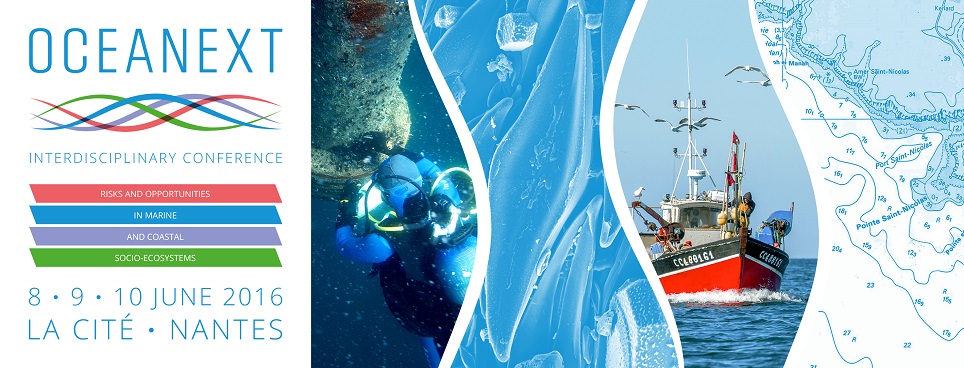The benthic dinoflagellate Gambierdiscus produces ciguatoxins (CTXs) and maitotoxins (MTXs), the most potent marine toxins known to date. CTXs bio-accumulate and cause Ciguatera Fish Poisoning (CFP). Recently, an increasing number of species has been discovered in this genus, and CFP has been reported from areas previously not considered endemic, namely the Canary Islands. Little is known about CTX and MTX congeners produced by microalgae, especially by strains outside the Pacific Ocean. Moreover, other toxic compounds were recently identified, e.g. gambierone. For isolation purposes, it is necessary to up-scale laboratory cultures of Gambierdiscus and develop a purification procedure capable of detecting previously undescribed compounds.
Several strains of Gambierdiscus from the Pacific and North-Eastern Atlantic Oceans were screened for their toxicity using an ouabain/veratridine neuro-2a (N2a) assay and a human erythrocyte lysis assay (ELA). One strain from the Canary Islands showed particularly high toxicity but did not contain known ciguatoxins. For selected strains, algal cells were extracted with methanol. Crude extracts were partitioned between dichloromethane (DCM) and aqueous methanol (aq. MeOH) in order to separate lipophilic compounds (e.g. CTXs) from hydrophilic and amphiphilic compounds such as MTXs. Extracts were purified via successive fractionation steps, using different separation principles such as size exclusion and polarity. For each step of the purification, fractions were screened in parallel for toxicity using MTT and calcium influx in vitro assays and analyzed by high resolution mass spectrometry (Q-Tof 6550, Agilent). Data-mining was carried out to simplify data complexity and to correlate MS data to toxicity.

 PDF version
PDF version
